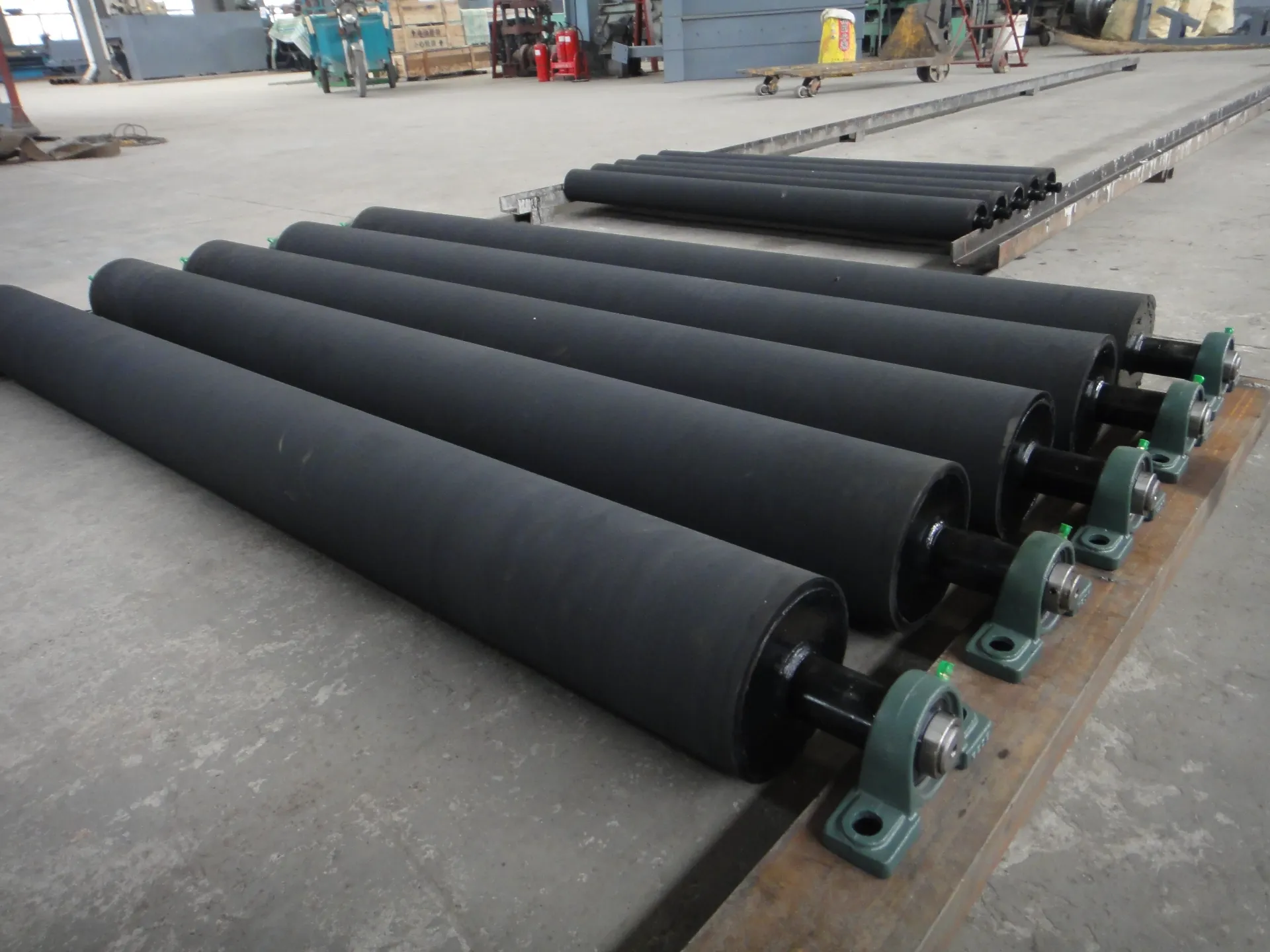 Afrikaans
Afrikaans  Albanian
Albanian  Amharic
Amharic  Arabic
Arabic  Armenian
Armenian  Azerbaijani
Azerbaijani  Basque
Basque  Belarusian
Belarusian  Bengali
Bengali  Bosnian
Bosnian  Bulgarian
Bulgarian  Catalan
Catalan  Cebuano
Cebuano  Corsican
Corsican  Croatian
Croatian  Czech
Czech  Danish
Danish  Dutch
Dutch  English
English  Esperanto
Esperanto  Estonian
Estonian  Finnish
Finnish  French
French  Frisian
Frisian  Galician
Galician  Georgian
Georgian  German
German  Greek
Greek  Gujarati
Gujarati  Haitian Creole
Haitian Creole  hausa
hausa  hawaiian
hawaiian  Hebrew
Hebrew  Hindi
Hindi  Miao
Miao  Hungarian
Hungarian  Icelandic
Icelandic  igbo
igbo  Indonesian
Indonesian  irish
irish  Italian
Italian  Japanese
Japanese  Javanese
Javanese  Kannada
Kannada  kazakh
kazakh  Khmer
Khmer  Rwandese
Rwandese  Korean
Korean  Kurdish
Kurdish  Kyrgyz
Kyrgyz  Lao
Lao  Latin
Latin  Latvian
Latvian  Lithuanian
Lithuanian  Luxembourgish
Luxembourgish  Macedonian
Macedonian  Malgashi
Malgashi  Malay
Malay  Malayalam
Malayalam  Maltese
Maltese  Maori
Maori  Marathi
Marathi  Mongolian
Mongolian  Myanmar
Myanmar  Nepali
Nepali  Norwegian
Norwegian  Norwegian
Norwegian  Occitan
Occitan  Pashto
Pashto  Persian
Persian  Polish
Polish  Portuguese
Portuguese  Punjabi
Punjabi  Romanian
Romanian  Russian
Russian  Samoan
Samoan  Scottish Gaelic
Scottish Gaelic  Serbian
Serbian  Sesotho
Sesotho  Shona
Shona  Sindhi
Sindhi  Sinhala
Sinhala  Slovak
Slovak  Slovenian
Slovenian  Somali
Somali  Spanish
Spanish  Sundanese
Sundanese  Swahili
Swahili  Swedish
Swedish  Tagalog
Tagalog  Tajik
Tajik  Tamil
Tamil  Tatar
Tatar  Telugu
Telugu  Thai
Thai  Turkish
Turkish  Turkmen
Turkmen  Ukrainian
Ukrainian  Urdu
Urdu  Uighur
Uighur  Uzbek
Uzbek  Vietnamese
Vietnamese  Welsh
Welsh  Bantu
Bantu  Yiddish
Yiddish  Yoruba
Yoruba  Zulu
Zulu conveyor take up assembly
Understanding Conveyor Take-Up Assemblies
Conveyor systems are an integral part of many industrial operations, serving to transport materials efficiently within manufacturing and processing facilities. A critical component of these systems is the conveyor take-up assembly, which plays a significant role in maintaining the optimal performance and longevity of conveyor belts. In this article, we will delve into the purpose, types, and maintenance considerations of conveyor take-up assemblies.
The Purpose of Conveyor Take-Up Assemblies
The primary function of a conveyor take-up assembly is to manage the tension of the conveyor belt. Proper tension is essential for several reasons. It ensures that the belt runs smoothly, reducing the risk of slippage and potential damage to the system. Furthermore, correct tension minimizes wear and tear on both the belt and the conveyor components, thereby extending service life and reducing downtime.
Additionally, take-up assemblies help compensate for belt stretch that naturally occurs over time due to regular use and the weights of the materials being transported. As the belt stretches, the take-up assembly can adjust the belt length, maintaining consistent tension and performance across the system.
Types of Conveyor Take-Up Assemblies
Conveyor take-up assemblies can be categorized into two main types fixed take-up and moveable take-up assemblies.
1. Fixed Take-Up Assembly In a fixed take-up, the position of the pulleys or rollers remains static, and adjustments to belt tension must be made manually. This type is generally simpler and less expensive; however, it may require more frequent adjustments and oversight.
2. Moveable Take-Up Assembly This type features a mechanism that allows the take-up to move, usually via a screw or hydraulic system, automatically or semi-automatically adjusting the tension as the belt wears or stretches. Moveable take-ups are often considered more efficient and less labor-intensive since they minimize the need for manual adjustments and can respond to changes in tension more dynamically.
conveyor take up assembly

Maintenance of Conveyor Take-Up Assemblies
Maintaining a conveyor take-up assembly is essential to ensure the overall functionality and safety of the conveyor system
. Regular maintenance includes the following tasks- Alignment Checks Ensure that the conveyor belt and take-up assembly are properly aligned. Misalignment can lead to uneven wear, increased friction, and potential failures.
- Tension Adjustment Periodically check and adjust the tension of the conveyor belt as necessary. This can prevent slippage and prolong the lifespan of both the belt and the conveyor components.
- Lubrication Keeping the moving parts of the take-up assembly lubricated is critical for reducing friction and wear. Follow the manufacturer’s recommendations regarding the type and frequency of lubrication.
- Visual Inspections Regularly inspect the take-up assembly for signs of wear, damage, or misalignment. Look for any loose components, cracks, or abnormal wear patterns on the belt itself.
- Monitoring Performance Keep an eye on how the conveyor performs over time. Any unusual noises, vibrations, or operational issues should be investigated promptly to prevent larger problems that could lead to costly downtime.
Conclusion
The conveyor take-up assembly is a vital component of any conveyor system, ensuring that the belt operates efficiently and sustainably over its lifespan. Understanding the types of take-up assemblies and adhering to a regular maintenance schedule can help improve operational efficiency, reduce downtime, and extend the service life of conveyor systems. By investing time and resources into the proper functioning of take-up assemblies, businesses can pave the way for smoother operations and heightened productivity in their material handling processes.
-
Revolutionizing Conveyor Reliability with Advanced Rubber Lagging PulleysNewsJul.22,2025
-
Powering Precision and Durability with Expert Manufacturers of Conveyor ComponentsNewsJul.22,2025
-
Optimizing Conveyor Systems with Advanced Conveyor AccessoriesNewsJul.22,2025
-
Maximize Conveyor Efficiency with Quality Conveyor Idler PulleysNewsJul.22,2025
-
Future-Proof Your Conveyor System with High-Performance Polyurethane RollerNewsJul.22,2025
-
Driving Efficiency Forward with Quality Idlers and RollersNewsJul.22,2025





























